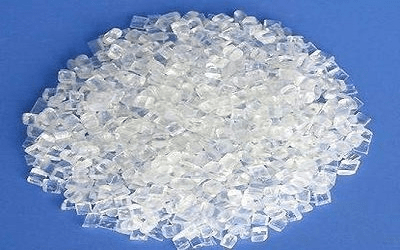The origin of styrene was separated from Styrax in the 19th century, resulting in a general aroma. Styrene is derived from the sap of a tree called Styrax, which is a liquid substance. It was identified as styrene and was a solid substance in 1898 and was later renamed “metastyrol”.
Physical and chemical properties of styrene
Styrene is a derivative of a colorless oily liquid that is yellow. It evaporates easily and smells like vanilla. High concentrations of styrene have an unpleasant odor. With this basic chemical, several copolymers can be prepared.
This substance was produced in the amount of 25 million tons in 2010 and 2018, 35 million tons of styrene was produced. Styrax shrubs are found in temperate regions of the Northern Hemisphere. Resin is obtained from this chemical. The height of this tree, which is the origin of styrene, is about 2 to 14 meters.
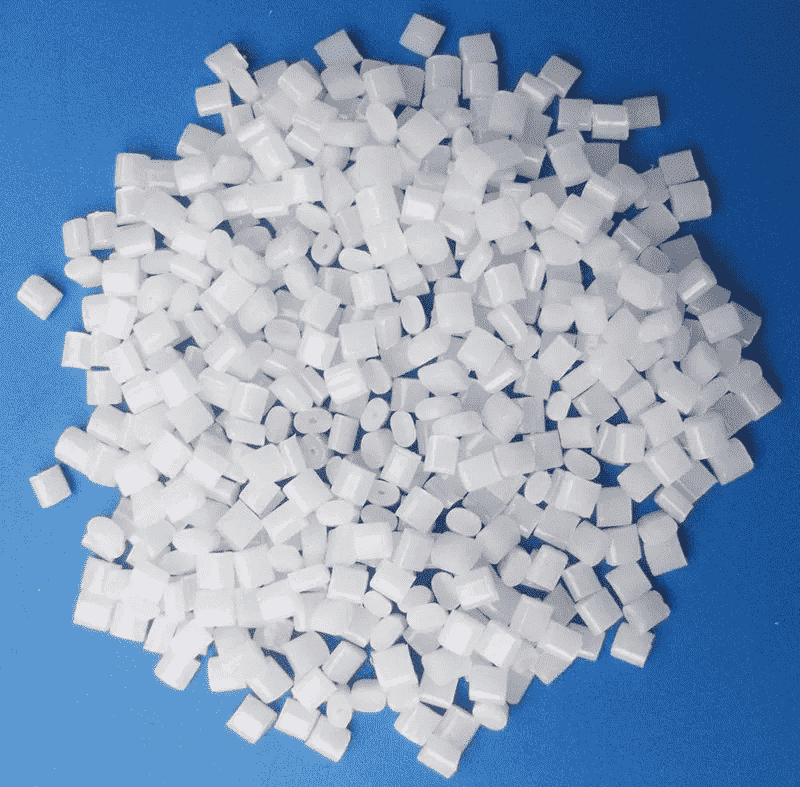
Physical and chemical properties of styrene
Ethylbenzene is produced from a combination of ethylene, benzene, and by the chemical reaction of catalytic alkylation in liquid form. Ethylbenzene is one of the most important substances used in the production of this chemical. It is used to produce rubber adhesives, paints, solvents, inks, and gasoline.
Styrene monomer is produced by the catalytic dehydration reaction of ethylene benzene at high temperatures with steam and vacuum. This material can be used to produce many commercial products, styrene-butadiene rubber, and styrene-butadiene latex.
Chemical reactions need to be performed as carefully as possible. Chemical reactions can be expanded and diversified to produce more and more plastic products.
Derivative of petroleum products and natural gas
Styrene is a derivative of petroleum products and natural gas and is used in the manufacture and production of many different chemicals. A functional chemical used in the manufacture and design of polymers. Most synthetic tires are designed and manufactured using this material.
Today, many plastic derivatives are extracted from petroleum products and natural gas. Styrene is a durable material with a wide variety of applications and is used in many industries.
With polymerization, various plastic products and goods can be produced. Of course, no matter how impenetrable the chemical structure of this chemical is, plastic materials and goods will be as durable.
It is highly toxic due to the derivative of oil and gas products. Unfortunately, this material is used in the manufacture of disposable food containers.
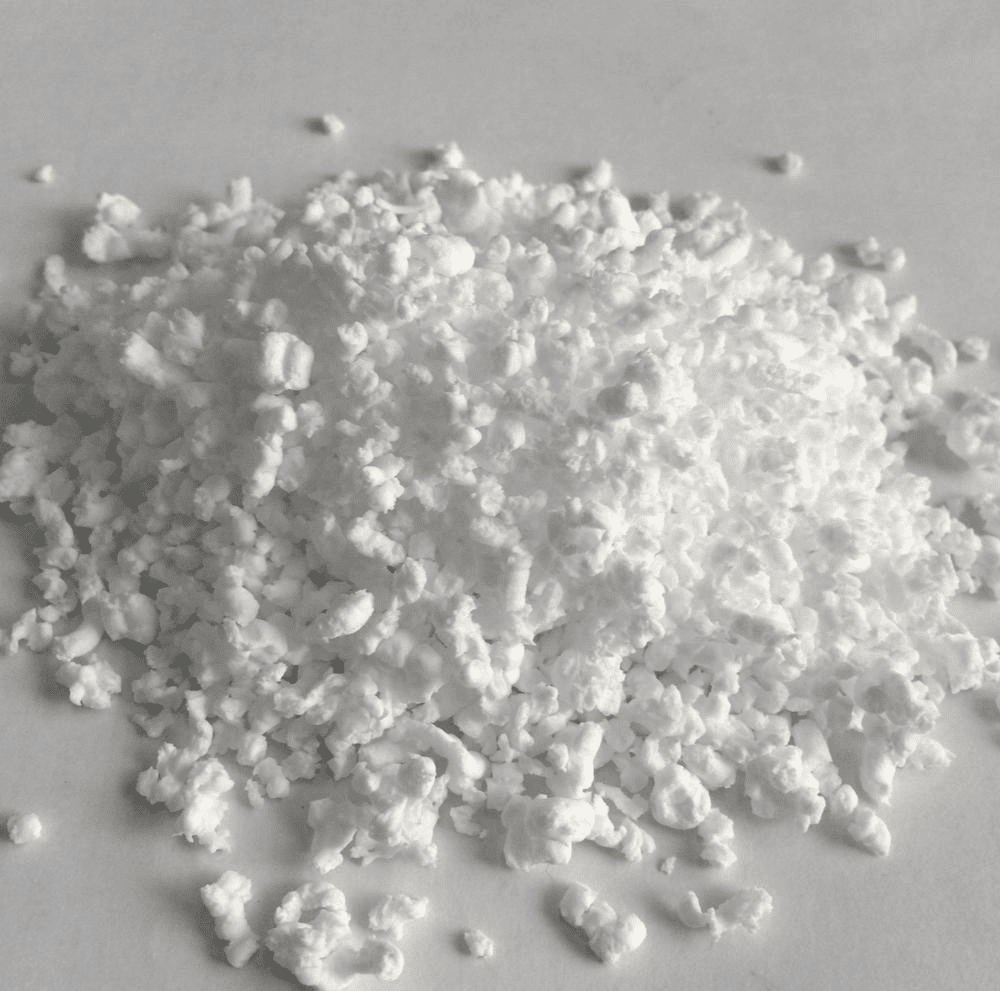
History of styrene
Boiling and freezing temperatures of the origin of styrene
The boiling point of clear, pure, and colorless styrene is 145 ° C and the freezing point is 30-60 ° C. If not used with other chemicals, it is necessary to store this substance after polymerization.
Any ingestion or inhalation of this substance is harmful to the nervous system. Its contact with the skin and eyes will irritate the organ. Of course, there are ambiguities about carcinogenicity, but its definitive cases have not been proven yet.
The vapor of this chemical can be spread over a long distance, and it is also flammable. Therefore, do not use this material near any source of the fire. The resulting fire can be extinguished by conventional methods. When working with this product, it is necessary to follow the hygienic rules and use gloves and masks.
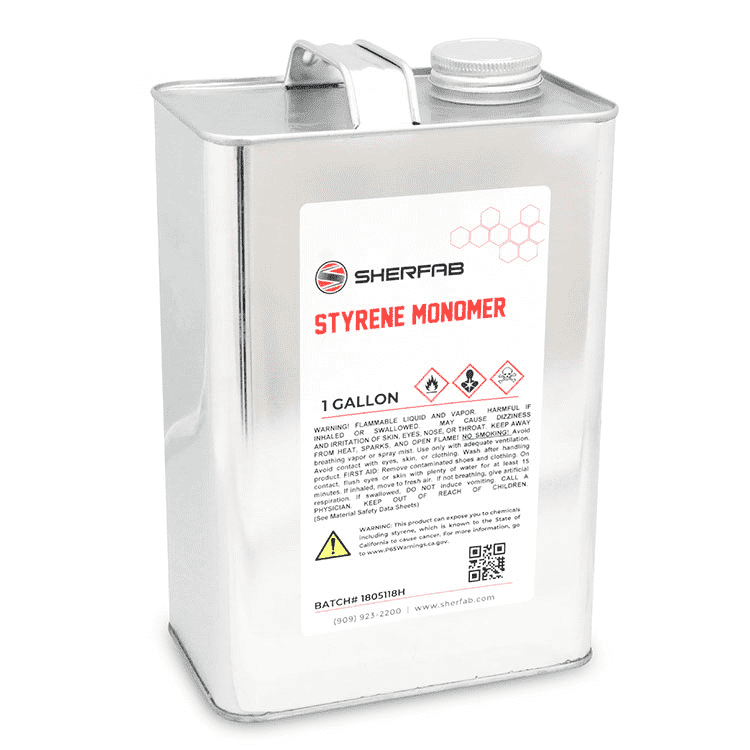
Boiling and freezing temperatures of the origin of styrene
History
Styrene is found naturally in foods and plants such as cinnamon, coffee, honey, and peanuts. It is also found in coal bitumen, which was discovered by a German engineer in 1839.
Styrene gradually hardens when exposed to oxygen, light, and heat, which is called styrene oxide. The German chemist developed this formula.
Applications of styrene
Styrene is used in the electronics, healthcare, automotive, home appliance, building, and packaging industries.
Moheb Baspar Company has achieved acceptable results in selling High Impact polystyrene (HIPS) and this product is sold in large quantities to many domestic companies in the country.
Export of phthalic anhydride (PA) to the Middle East and Central Asia can play an important role in foreign exchange earnings. Moheb Baspar Company has been able to gain an acceptable position in the export of this chemical.
By exporting dioctyl phthalate (DOP), the production capacity of domestic chemical companies can be used well. Moheb Baspar Company can share instructions, useful tips, and tips with other companies in this regard.
General Purpose (GPPS) polystyrene is cheaper than polystyrene. This is due to the physical and chemical properties of this chemical.
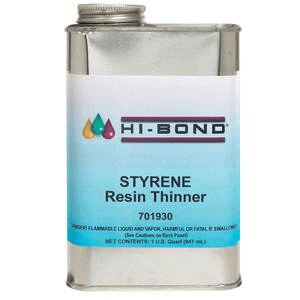
Applications of styrene
Conclusion
The origin of styrene is the result of the reaction of catalytic dehydration of ethylene benzene with high temperature, steam, and vacuum. This is the result of chemical reactions in petroleum and gas products.
In contact with eyes and skin, it causes itching and irritation of the limbs, and in some cases, carcinogens have been suspected, but this has not been proven.
It is used in many industries such as electronics, home appliances, packaging. This substance is highly flammable and therefore it is necessary to avoid it by fire.

